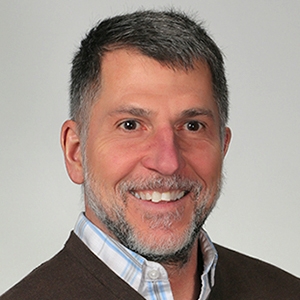
Andrew Rapoff
Research interests
Physical Anthropology, Biomimetic Structures, Bone Mechanics, Orthopedic Devices and Aircraft Structural
My research efforts over the years have been in the areas of physical anthropology, biomimetic structures, bone mechanics, orthopedic mechanics, spine mechanics, veterinary orthopedics and aircraft structural analysis.
I have focused recently on work with my physical anthropologist colleagues David Daegling at the University of Florida and Scott McGraw at the Ohio State University. Our work has resulted in publications that have accomplished, for example, the following:
• determined that the shape of canines in Old World monkeys predispose them to resist a variety of loads that reflect their behavior,
• determined that a natural groove in Old World monkey canines is more pronounced in species that aggressively use their canines and postulated that this groove may serve to mitigate the deleterious effect of twisting on the canines in addition to other loads placed upon them,
• determined that the curvature on the posterior aspect of Old World monkey canines is “masculinized” in females who aggressively use their canines so as to mitigate the deleterious effect of curvature on canine stresses when loaded in vivo
• developed image-based, computational measures of resistance to bending and twisting provided by the mandible that incorporates bone density from radiographic images
Teaching interests
Engineering Mechanics, Astrodynamics, Aircraft Structures, Mechanical Design and Bioengineering
I teach courses in engineering mechanics, astrodynamics, aircraft structures, mechanical design and bioengineering.
In the core curriculum of Mechanical Engineering, I teach statics, dynamics, the strength of materials, advanced strength of materials, mechanisms, capstone mechanical design, technical writing and individual research projects.
I have developed and love to teach electives in astrodynamics and aircraft structures. Astrodymanics is the science of orbital mechanics and spacecraft propulsion; at its root is the application of Newton’s laws of motion and gravity to spacecraft launch, orbit and orbital transfers, and, more broadly, to the motion of celestial objects. Aircraft structures concerns the application of engineering principles to the design and analysis of the airframe, the wing, the fuselage … all the pieces and parts of an aircraft that keep the it in one piece.
When involved in Bioengineering, I developed and taught courses in orthopedic biomechanics, soft tissue mechanics, biomimetics and human locomotion.
Additional media
Academic credentials
B.S., University of Missouri at Columbia; M.S., University of Missouri at Rolla; Ph.D., University of Wisconsin at MadisonSteinmetz Hall 214
View in Google Maps